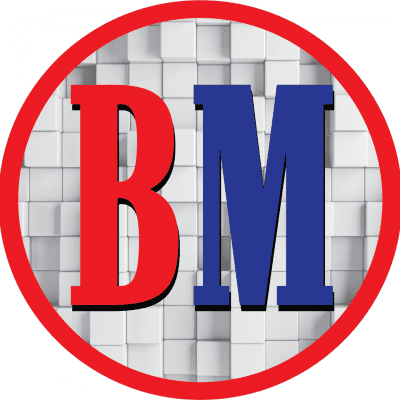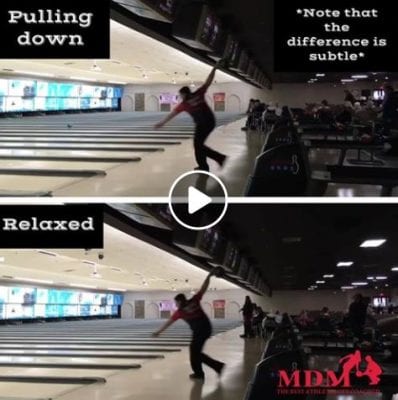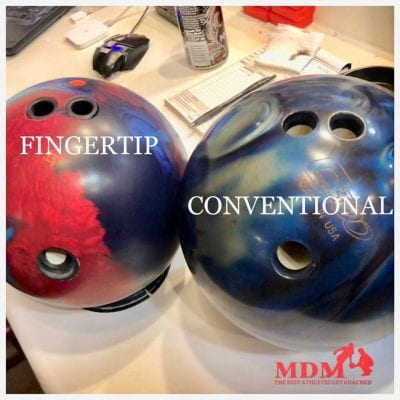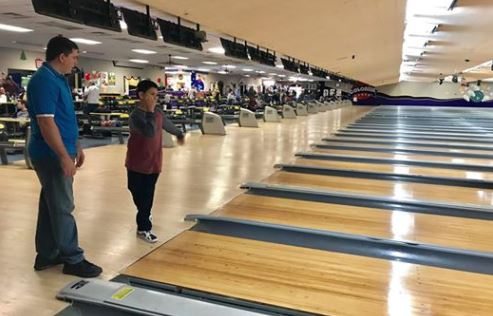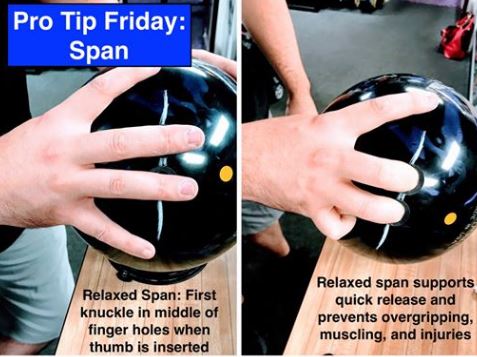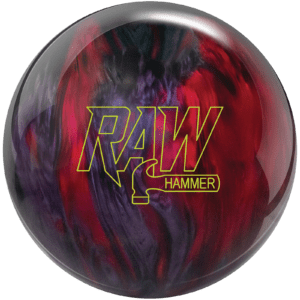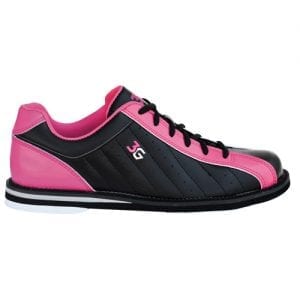Bowling Tips & Coaching Articles, MDM Coaching with Mike Moore
When Sliding While Bowling Keeping Your Knee Continuing Forward By MDM Bowling Coaching
Pro Tip Friday: Knee Continuation
Pro Tip Friday: Knee ContinuationImagine hitting a brick wall while driving. When you finish sliding without continuing forward with your knee, you’re bringing your body to an abrupt stop in much the same way. It can cause inconsistencies in your release and, in worst-case scenarios, lead to injury over time. Signs that you’re not continuing your knee include: popping up at the line, falling to the right (for right-handers), decelerating at the release, and grabbing the ball. Unlike some of the other fundamentals we’ve reviewed, knee continuation is a very subtle component of an effective approach.If this is something you want to work on, the first step is making sure that you start your approach with a flexed knee. In your set up, bend your knees just enough that you no longer see your shoes. Next, you can do one-step slide drills where you focus on your knee going down in to the ground vs. up towards the ceiling. Be careful not to overextend because that can lead to injury as well. The momentum created with your feet should transfer smoothly in to the ball. You can see that I’m popping up and unable to keep my balance in the left video, while the right video shows me continuing my knee after my slide.I was working with a youth bowler who released the ball left off her hand every time. Among several areas of opportunity, we worked together on keeping her slide and feet forward to the pins while continuing her knee. Within three weeks of practice, she had improved her accuracy in hitting her target 50%.Looking for more pro tips? Leave a comment with what you want me to cover in future weeks. #protipfriday #mdmcoaching
Posted by MDM Coaching on Wednesday, May 30, 2018
[addthis tool=”addthis_inline_share_toolbox”]
Why Knee Continuation In Your Slide Is Important For Consistent Bowling
Imagine hitting a brick wall while driving. When you finish sliding without continuing forward with your knee, you’re bringing your body to an abrupt stop in much the same way. It can cause inconsistencies in your release and, in worst-case scenarios, lead to injury over time. Signs that you’re not continuing your knee include: popping up at the line, falling to the right (for right-handers), decelerating at the release, and grabbing the ball. Unlike some of the other fundamentals we’ve reviewed, knee continuation is a very subtle component of an effective approach.
How To Work On Better Knee Bend And Continuation In My Approach
If this is something you want to work on, the first step is making sure that you start your approach with a flexed knee. In your set up, bend your knees just enough that you no longer see your shoes. Next, you can do one-step slide drills where you focus on your knee going down in to the ground vs. up towards the ceiling. Be careful not to overextend because that can lead to injury as well. The momentum created with your feet should transfer smoothly in to the bowling ball. You can see that I’m popping up and unable to keep my balance in the left video, while the right video shows me continuing my knee after my slide.
I was working with a youth bowler who released the ball left off her hand every time. Among several areas of opportunity, we worked together on keeping her slide and feet forward to the pins while continuing her knee. Within three weeks of practice, she had improved her accuracy in hitting her target 50%.
Looking for more pro tips? Leave a comment with what you want me to cover in future weeks. #protipfriday #mdmcoaching
SEE MORE MDM ARTICLES BELOWClick Here To See More MDM Articles






































